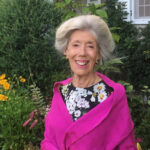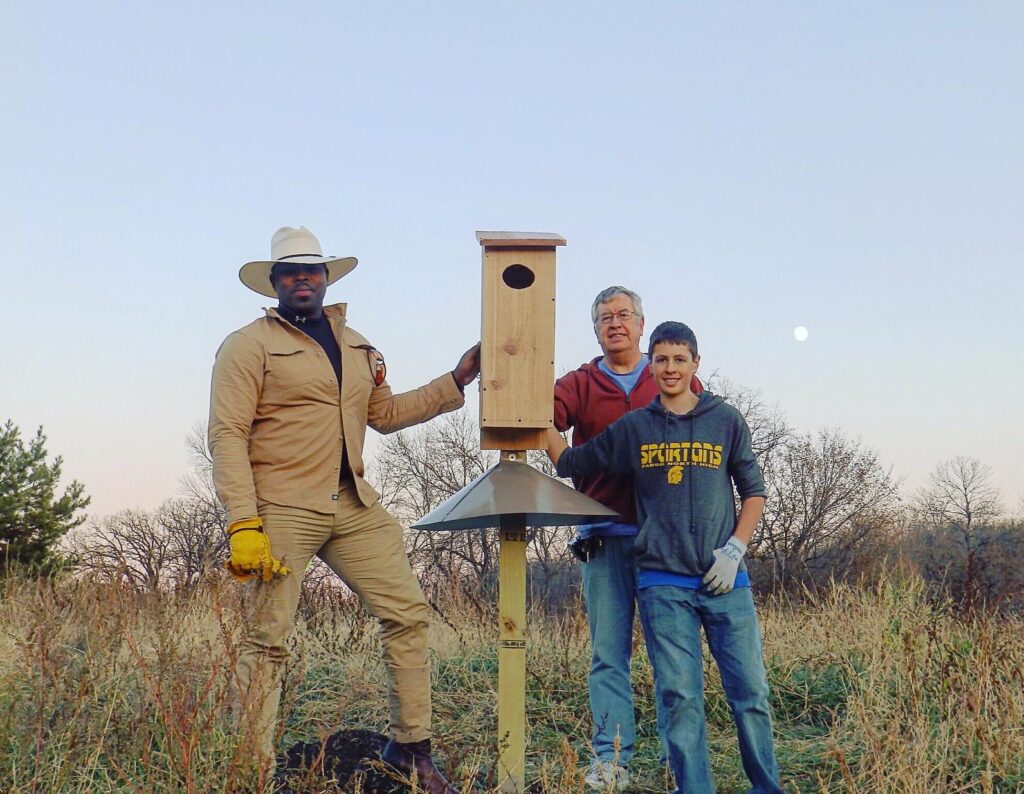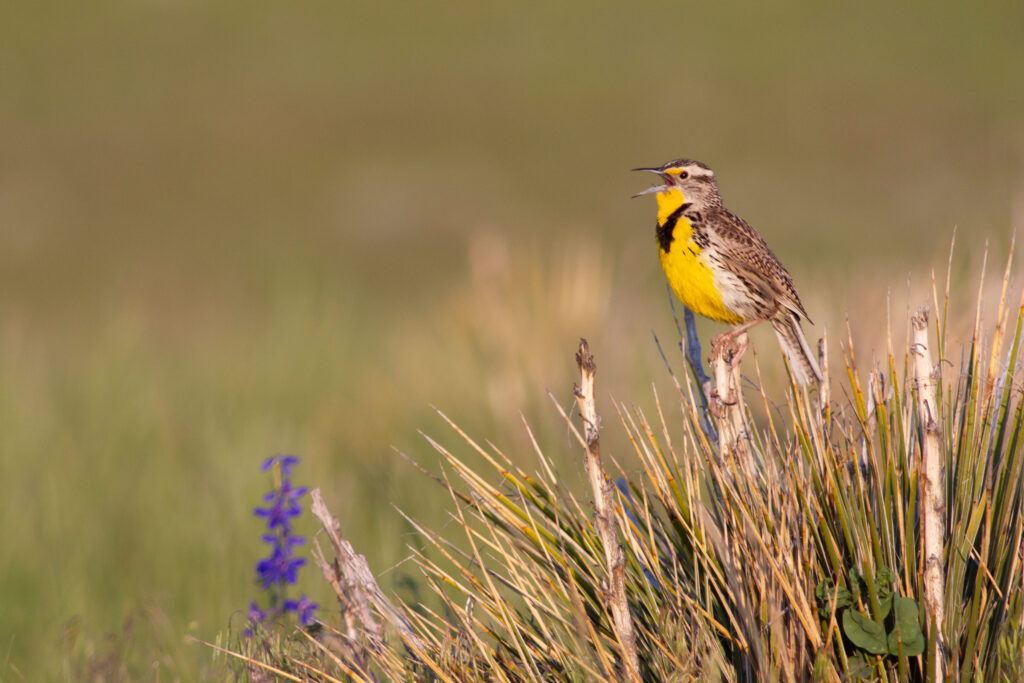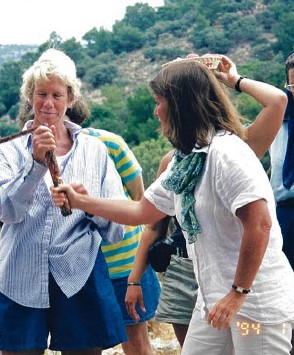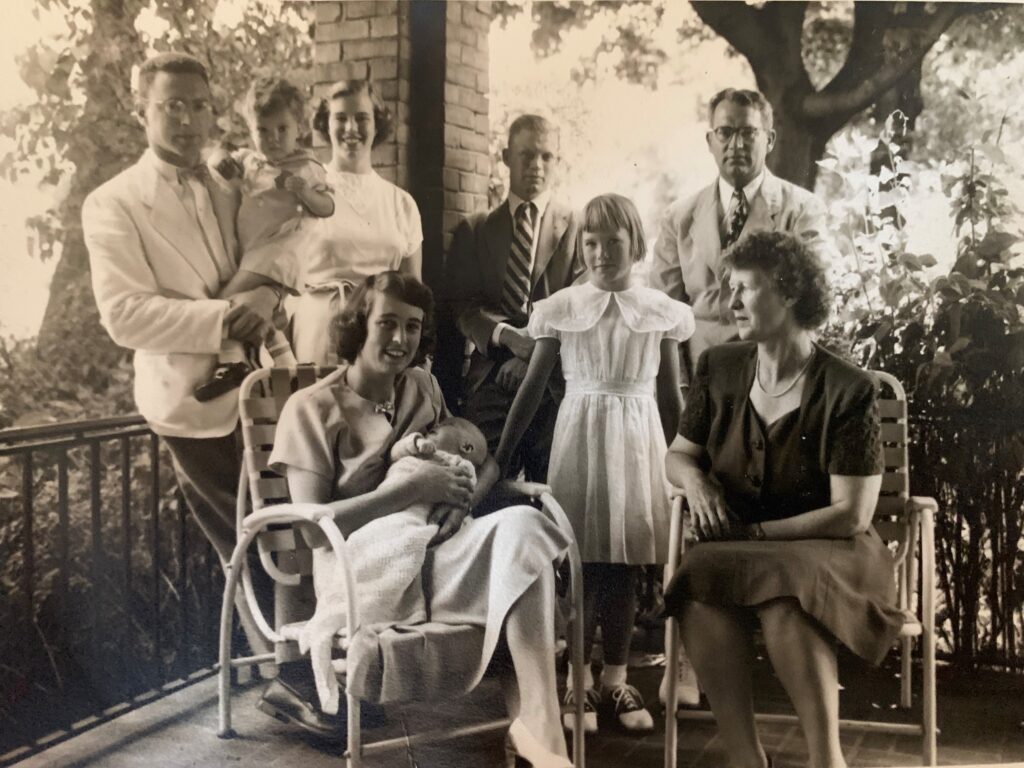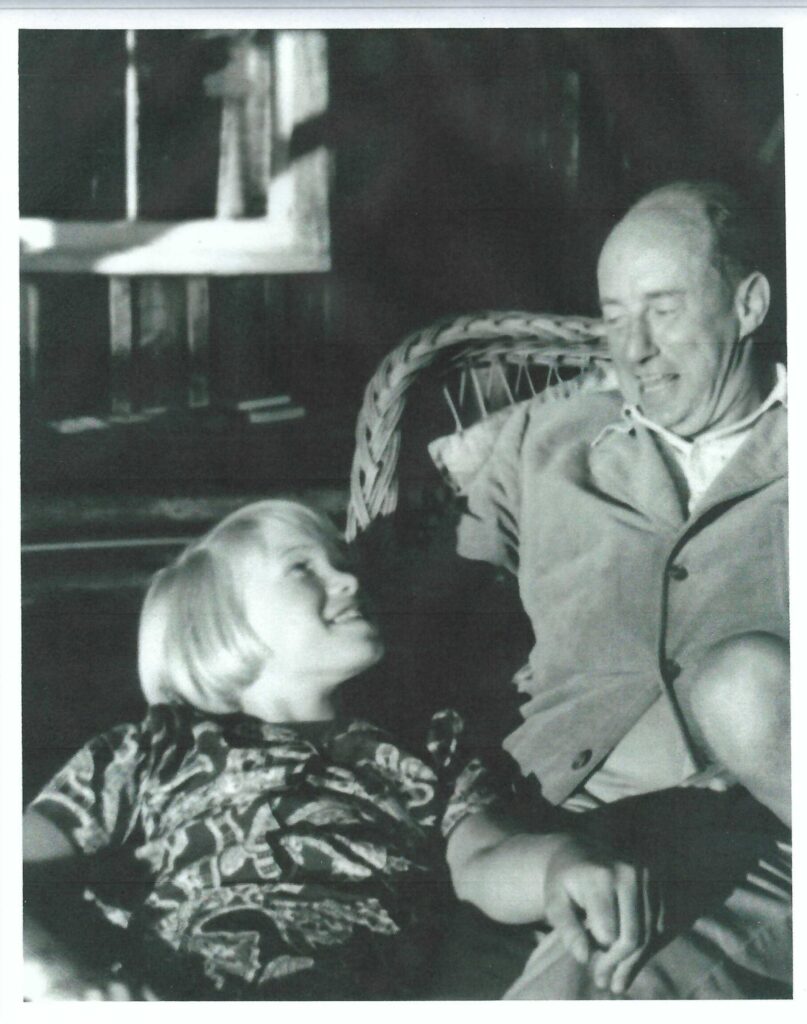By Judy Carmack Bross
Adele Simmons, the second President of the MacArthur Foundation and an early and consistent voice addressing climate change will receive the Conservation Leadership award at the Openlands Annual Luncheon October 21 at The Palmer House. Consistently the largest gathering of the conservation community in the state of Illinois, the Openlands Annual Luncheon recognizes the achievements of environmental leaders in our region and celebrates the importance of conservation and environmental stewardship in our region and world.
Adele Simmons
Marshall Johnson
Marshall Johnson, chief conservation officer for the National Audubon Society, will give the keynote address. Johnson leads the strategic direction for hemispheric-wide conservation work at Audubon to address the unprecedented climate change and biodiversity crises facing birds. James L. Alexander and Shaun C. Block are Luncheon Co-Chairs.
Jerry Adelmann
“The importance of our region’s grasslands is immense, providing wildlife habitat, flood retention, and a natural climate solution for our region,” said Jerry Adelmann, President & CEO of Openlands. “That is why we are honored to have Chief Conservation Officer at Audubon, Marshall Johnson, with us for Openlands Annual Luncheon. His work with ranchers and the agricultural community to adopt conservation-friendly practices on working lands across the US is truly innovative. He is a perfect complement to our award recipient, Adele Simmons, who has been an early and consistent voice addressing climate change. She is a champion of nature-based solutions, providing the early funding during her time at MacArthur Foundation that helped make Midewin, the first National Tallgrass Prairie in the nation, a reality.”
Marshall Johnson with the two other people and the birdhouse
From his home in Fargo, North Dakota, Johnson told us about his goals for his address October 21, as well as about the peace he finds when he is out on the prairie. A native of Houston who spent his teenage years in Southern California, he was drawn to the University of Minnesota not only to play football but also to be close to nature. What looked to be a six-month assignment in North Dakota has now turned into more than 13 years on the prairie.
“I grew up surrounded by asphalt. That I live in the prairie area which includes North and South Dakota and Montana that is one of the great bird nurseries is one of the key reasons I stay,” Johnson said. “Fifty percent of the duck population in the lower 48 comes from this area.”
He told us the message he wants to spread.
“I want people to use their unique superpower. Through our voting, creating, spending, and all the commitments we make we can act on behalf of nature,” he said. “We have a lot of commonalities even though there are lots of things that divide people in our country. We can make choices every day about nature and wildlife.”
Johnson told us that there are more than 46 million birders in the United States today. “There are more birders than registered Republicans or Democrats. That’s a powerful lobby,” he said.
Pronghorn Ranch, part of Audubon’s Conservation Ranching Program, Converse County, Wyoming, June 7, 2018. Western Meadlowlark
“We have Audubon projects from the arboreal forests of Canada to coastal areas in Latin America but we must acknowledge painful realities. We have lost 3 billion birds since 1970, with 2.5 billion being migratory birds. This has been primarily due to habitat loss, the proliferation of pesticides and chemicals and climate change. We must all become ambassadors of the environment. We must save birds to save ourselves.”
From supporting the creation of the first metropolitan greenways and trails plan in the nation to championing early planning efforts that led to the establishment of Midewin, Simmons has been a lifelong leader and fighter for environmental issues.
We visited with Simmons recently about her early love of nature and how it manifests itself today.
Adele Simmons as a baby with her family
“Nature was very important to my family. My mother was an ornithologist who worked as a professional volunteer at the Field Museum for years and ran the bird department during World War II when the trained ornithologists went to Washington to work on radar,” she said. “On school holidays I went to the museum with her, helped her sort birds, and explored the museum behind the scenes. We had a cabin on the DesPlaines River near Brushwood where we went every Sunday for a picnic lunch, long walks, and wonderful canoe trips. And we spend our summers in Canada where we have to take boats to see our friends, go grocery shopping, and explore nature.”
As a child with Adlai Stevenson
To Simmons, her connection to Openlands is a natural.
“I am not sure when I first became involved in Openlands, but there is no question that its work is enormously important for Chicago and the region,” she said. “I want my grandchildren to grow up where they can breathe clean air, go for walks in the woods and explore nature, looking at trees, birds and animals, and flowers. Whenever I am with them, we go for walks in the woods, and they show me their favorite flowers and trees and animals.”
Simmons first focused on climate when she was the first woman President of Hampshire College.
“We were building an arts center, and I decided that we should use solar panels to provide heat and electricity. They were among the first solar panels in the United States, and were not perfect, but what we learned from them led to significant improvement in solar panels,” she recalled.
“When I came to the MacArthur Foundation one of the challenges was to ensure that climate became a more important issue in Chicago, the United States and around the world. We set up a program on ecosystems conservation which funded work in the US and many countries including Madagascar, India, Nepal, Laos, China, East and Central Africa, Mexico, Brazil, Indonesia and more.
“In 2008, working with Mayor Daley and his staff, a group of us prepared the first Chicago Climate Action Plan. At that time I was based at Metropolis 2020, and we involved over 200 partners, including scientists, business leaders, and policy makers, to identify actions that were cost effective and could significantly improve the quality of the air in the city. This included planting trees, encouraging people to take public transit instead of driving, and increase energy efficiency on homes. The city diverted thousands of tons of soil from landfills, and over 100 companies reduced their energy costs by more than $5 million. The Climate Action plan was updated annually for a number of years, but now we need to ensure that the city remains engaged and totally committed to the issue.”
Adele Simmons attending a meeting of the Chicago Council of Foreign Affairs
Simmons spoke about the strengths gained in working together.
“It is important that businesses, universities, hospitals and more learn from each other about what works best. This is an area where they are not competing with each other. Currently the sustainability officers from 24 corporations with headquarters in Chicago meet quarterly to learn from each other, as do the sustainability officers of the city’s colleges and universities. And the message is getting out. My apartment building has a committee focusing on green. This includes ensuring that the residents know what they can do everyday to save energy and encouraging the building to take steps to make the building greener.
“Chicago can do more. Building owners can explore the possibility of solar panels and encourage everyone in their buildings to turn off lights and reduce heat or lower air conditioning when the buildings are not being used, for example at night. Policy makers need to encourage energy savings, and every citizen must ensure that every day they are doing all they can to save energy use.
“There are lots of places Chicagoans can visit to enjoy nature: The beaches on Lake Michigan, the Indiana Dunes, the DesPlaines River, and the many parks in the city. We can watch the moon rise over the lake and the stars at night. We have Daniel Burnham to thank for much of what we enjoy. And it is important to visit the Field Museum, the Shedd Aquarium, and the Alder Planetarium to learn more about nature.”
This year The Simmons Center for Global Chicago was established to bring together globally active organizations in Chicago that focus on international issues. By co-locating in a communal space, nonprofits can better learn from each other, collaborate, and economize through shared services. Virtual members attend programs and take advantage of a mission-aligned community.
Simmons graduated from Harvard University and received her doctorate from Oxford University in African studies. She has lived in Oxford, Mauritius, Kenya, and Tunisia.
“I look forward to hearing more about the work that Marshall Johnson is doing and how he managed to get so many people involved,” Simmons said.
Simmons’ and Johnson’s combination of determined goals and achievements for nature and those of Openlands will make October 21 one powerful day for the environment.
For further event information, visit: openlands.org




